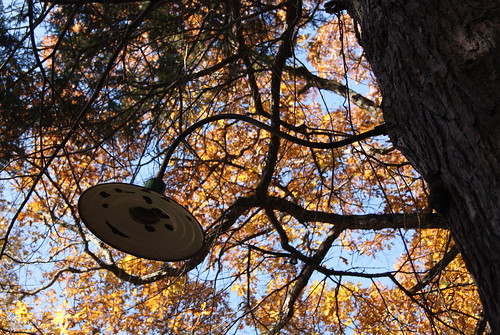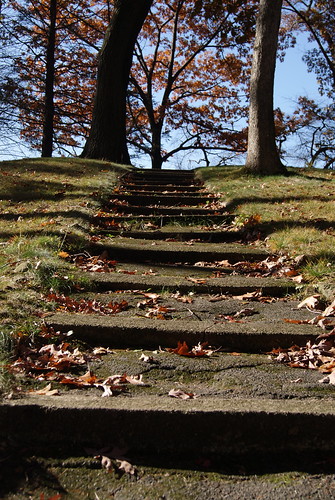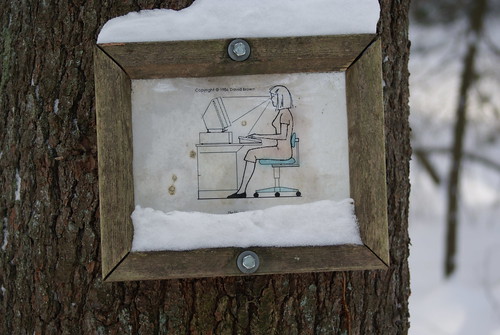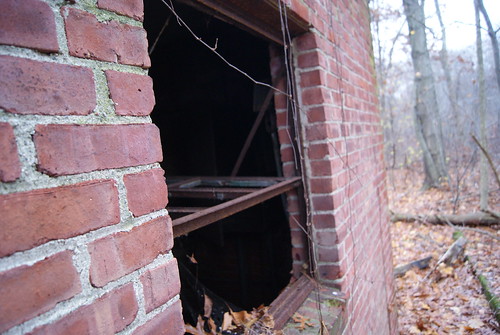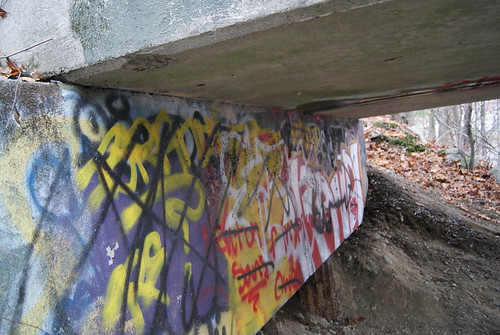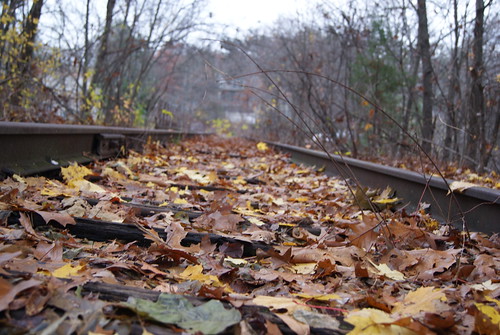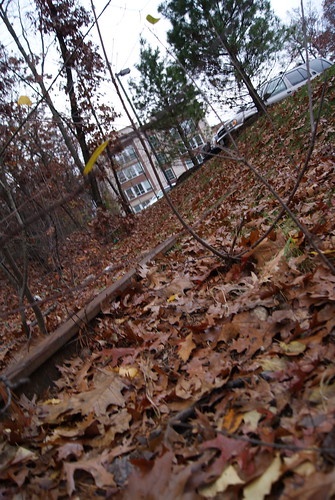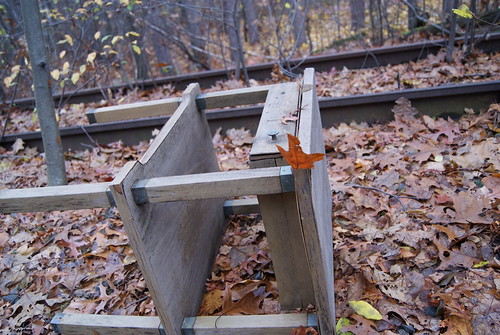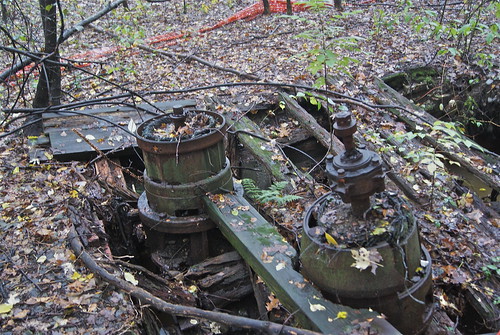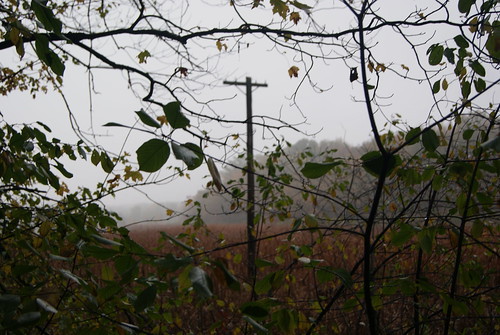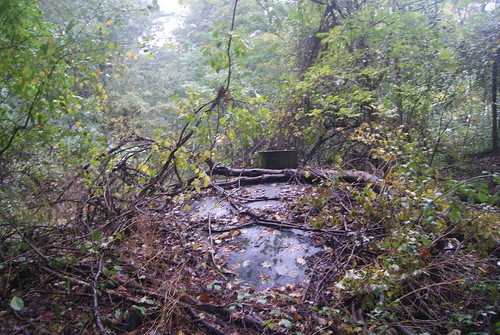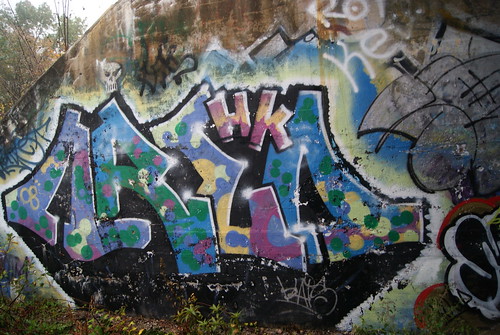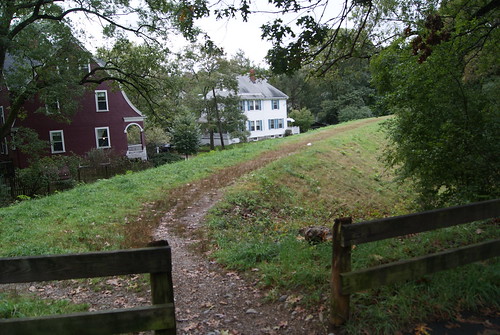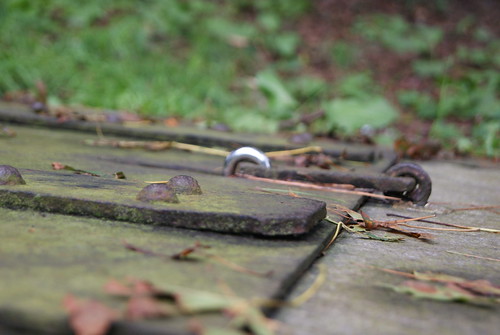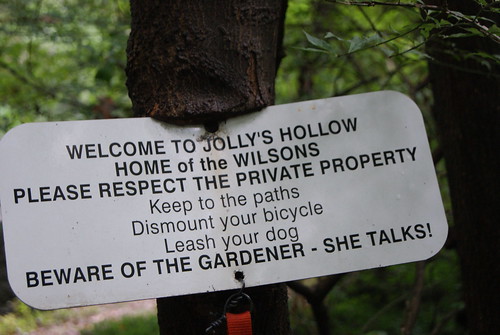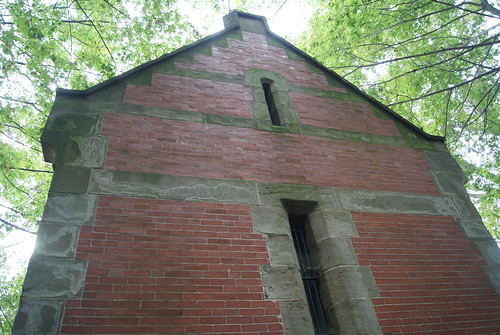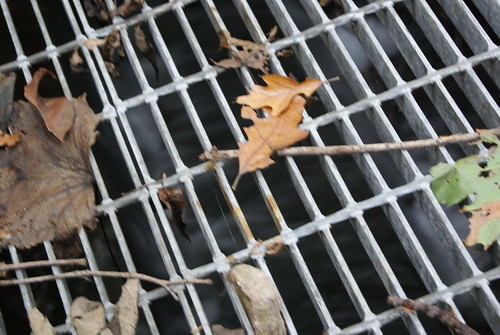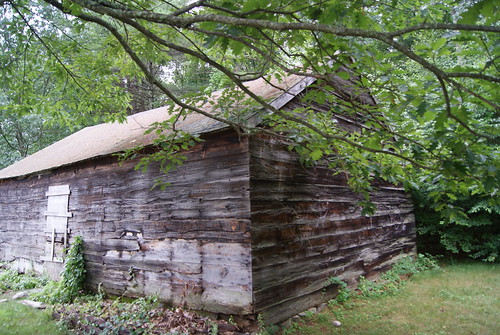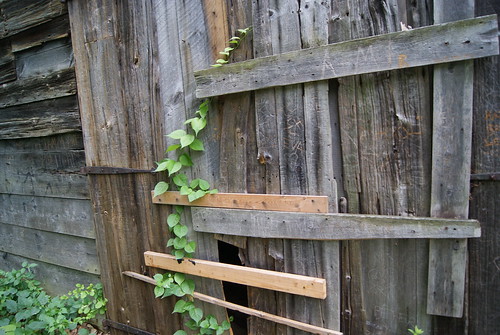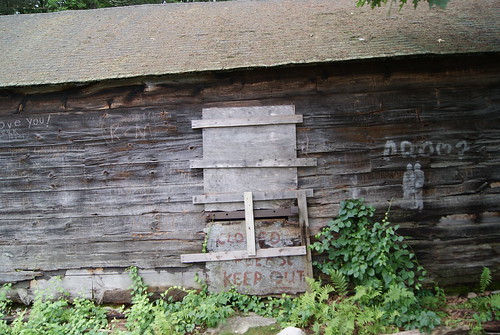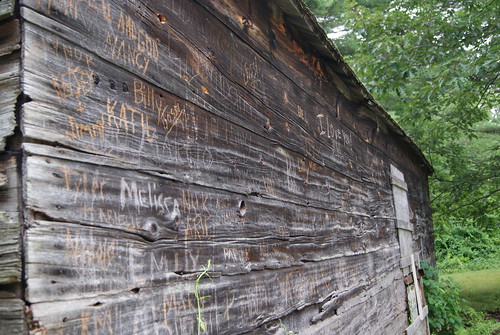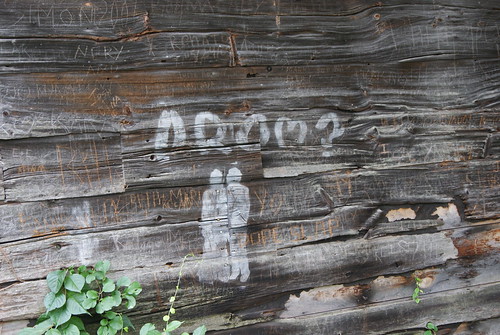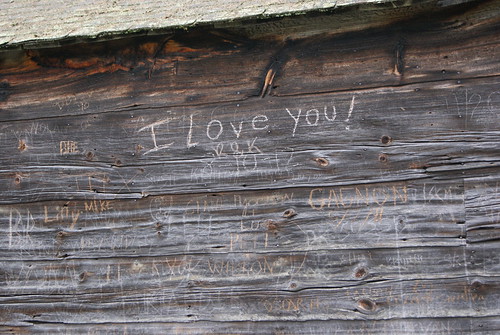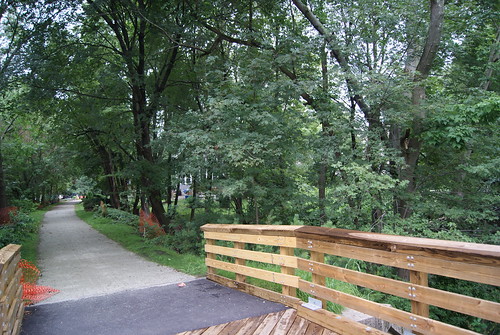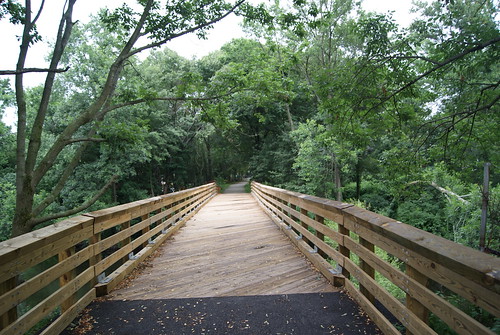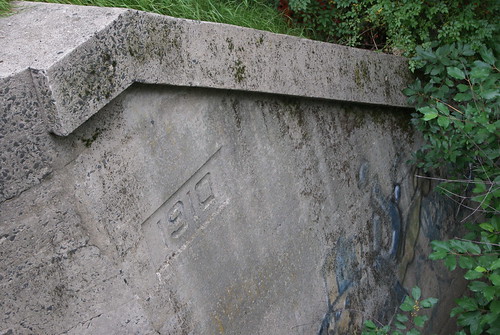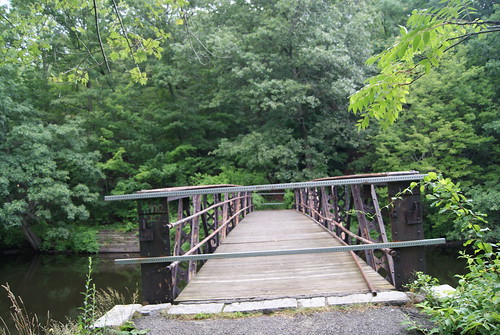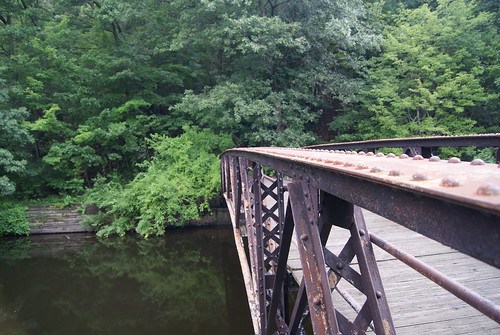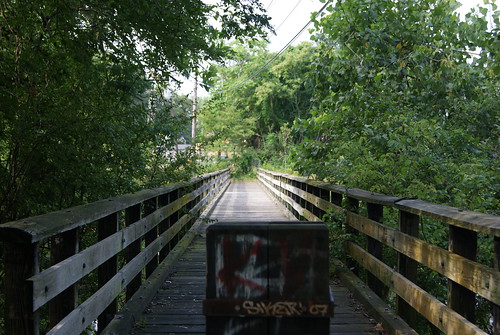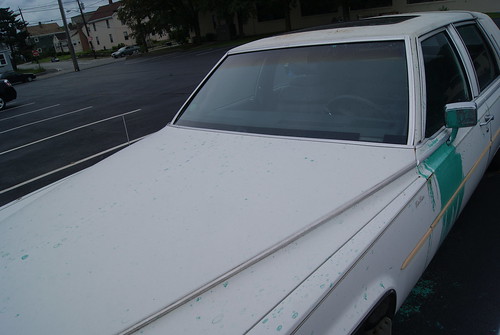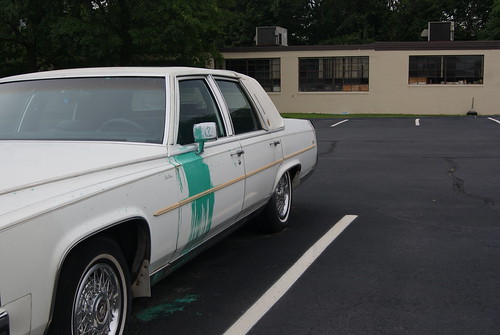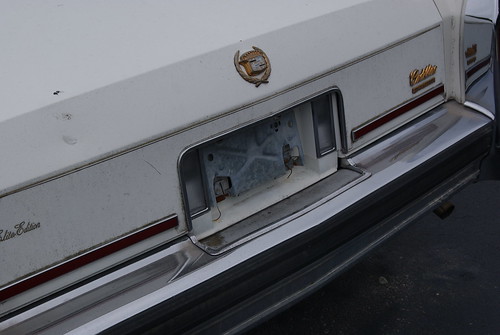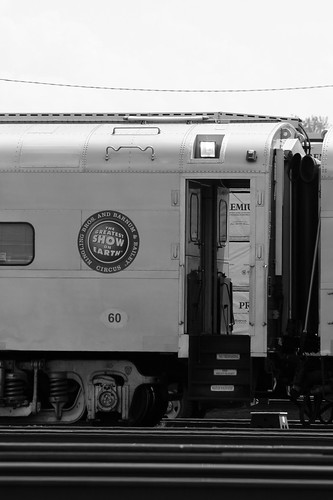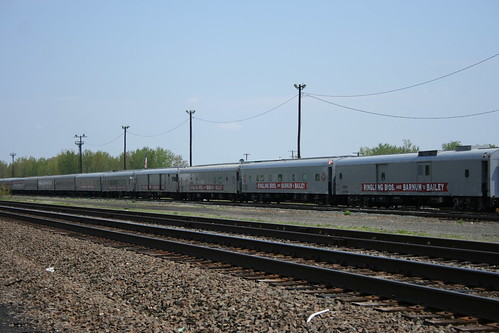From Dave Brigham:
This post means more to me than anything else I've written here. But with a bit of effort, I'll be posting at least one update, and perhaps turning this story into something more substantive for another outlet.
In my inaugural post for this blog, I talked about how a canoe trip down the Farmington River in my hometown, Simsbury, CT, with my dad when I was a kid inspired my fascination with the backside of America (see March 1, 2010,
"Take Me To the River."). But that wasn't the only event from my childhood that sparked my curiosity about what goes on behind the calm facades of Main Street, and in the cracks of society where people don't often look.
When we were teens, my friend Pat and I walked from his house about half a mile down the road, along a set of railroad tracks, down a slope, into a small, wooded section of our hometown and into the back yard of an abandoned house. Two neighborhood kids had told us about the house, so we checked it out. We walked through the open front door and into a house filled with all the stuff of life: cans of food, pots and pans, dishes, bottles and cans, framed photos, clothing, books and magazines, furniture and, most oddly of all, a mannequin.
We walked around for a while, marveling at the fact that somebody had left all of their stuff behind. I suppose we visited the house one or two more times, but honestly, I can't recall. I don't remember paying much attention to the house afterward, even though we used to walk down the railroad tracks to Louie's Market to buy soda and Slim Jims, and to the Country Store to buy penny candy. We also used to pick up beer bottles from the slopes lining the tracks, and line them up on the tracks and smash them with rocks, and scamper through a tunnel under the tracks that connected Boot Pond (where we played hockey in the winter) with the swamp on the other side.
While I certainly found it odd that somebody had left behind all their belongings, and that nobody appeared to want them, I didn't think too deeply about the situation until after college. By then, the house was long gone, having been torn down to make way for a road into a new housing development.
From time to time, I thought about the abandoned house. I tried to work the mystery into a short story on at least one occasion. Last year I posted on a Facebook group dedicated to my hometown, wondering whether anybody remembered the abandoned house and if anybody knew anything about the situation. Nobody did.
Then, last month, a new Facebook page popped up that was more informal than the first one to which I'd posted. I asked the question again, and this time, two people responded that they not only remembered the house, but that they'd spent some time as teens hanging out with the man who lived there.
They told me that the man, President Little, said he was the son of slaves, and that he had no family to leave anything to when he died. This was why, one of the responders told me, the house was full of stuff when President passed away.
Through a quick bit of research online, I found some genealogical information about President. Turns out he wasn't the son of slaves, but it's quite possible that he was the grandson of slaves. He was born in Americus, GA, in 1904, to parents who were born in the 1880's. He also had five children, four of whom were evidently alive when President died in 1981. So perhaps he was estranged from his family, and that's why when he died, all of his stuff stayed in the house.
As it turns out, shortly after I learned who President Little was, I had a trip scheduled to Simsbury to play in a golf tournament. I decided to make a side trip to see if there was any evidence of President's house on the spot where it once stood.
I found much more than I could ever have hoped for.
I doubt many people venture into the little patch of woods that's left between the driveway to the housing development to the south, the bike path to the west (where the railroad tracks once stood) and the main road, Route 10, to the east. I couldn't find an easy path into the woods, so I created my own, and within five minutes, had found what I was looking for.
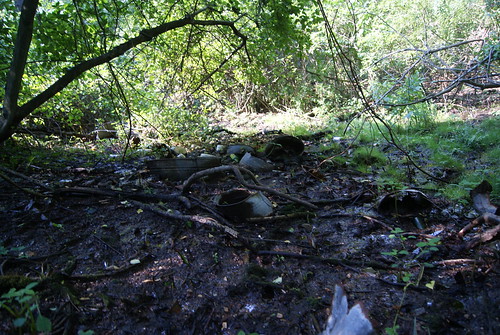
I was beside myself with excitement. The house had been torn down years ago; I had no reason to expect that anything would be on the site. I'm not a spiritual guy whatsoever, but I feel like something drew me here to discover the remnants of a forgotten place.

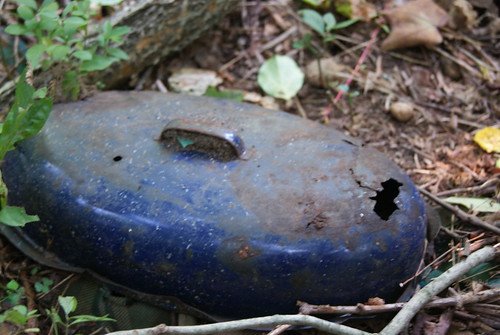
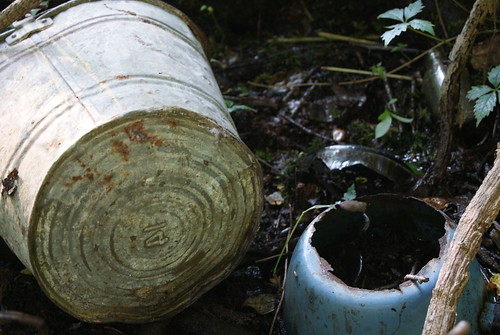
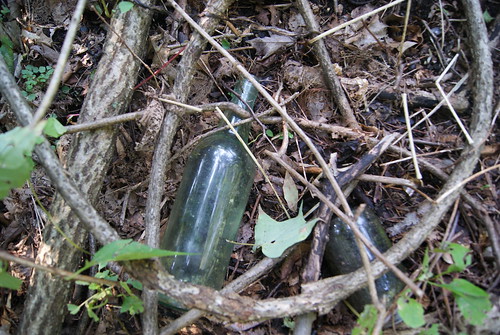
I've sent emails to both the Simsbury Historical Society and the person from whose web site I gleaned the genealogical information, to see if they can provide more information about President Little, his family, his life, his work, etc. If I can put together enough of a picture, I hope to publish an article in a history, genealogy, archeology or some other type of magazine.
For the record, much of this information (and some different photos) first appeared last month on my blog, DaveTronik 2000. See August 24, 2011,
"My Nascent Archeology Career."


